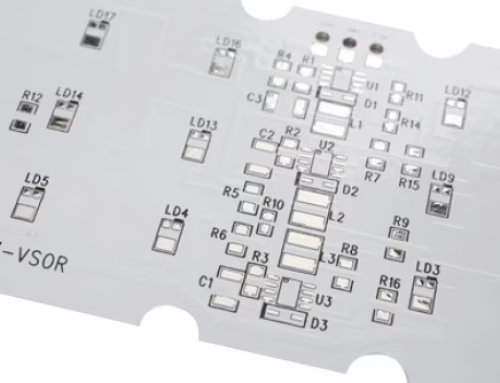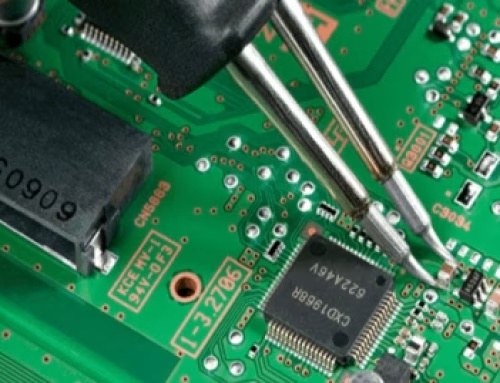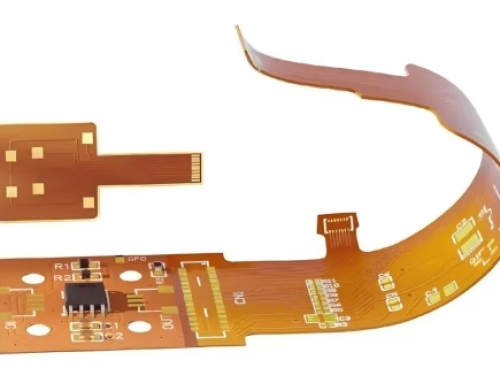FPGA vs Microcontroller
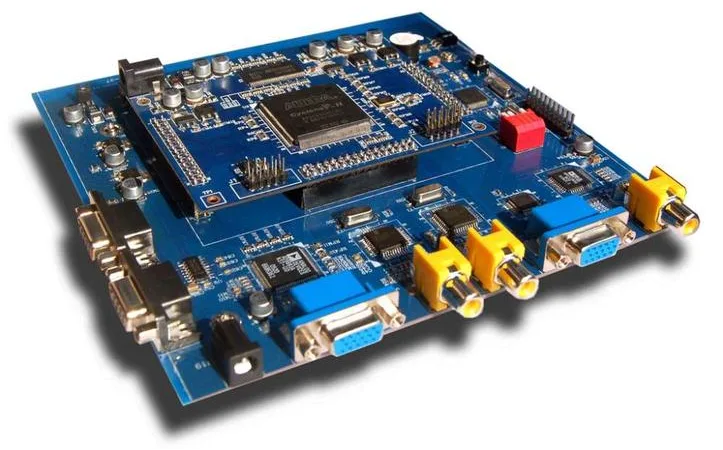
Table of Contents
- 1. რა არის მიკროკონტროლერი?
- 2. რა არის FPGA?
- 3. როგორ რეაგირებენ FPGA და მიკროკონტროლერი დატვირთვის ქვეშ
- 4. FPGA-ს უპირატესობები მიკროკონტროლერთან შედარებით
- 5. როდის გამოვიყენოთ FPGA მიკროკონტროლერის წინააღმდეგ (ან ორივე)
- 6. ენერგომოხმარება: რეალური შედარება FPGA და MCU სისტემებს შორის
- 7. FPGA vs ASIC vs MCU: სად ჯდება თითოეული
- 8. გავრცელებული მითები FPGA-სა და MCU-ს დიზაინის შესახებ
- 9. FPGA და მიკროკონტროლერი ხშირად დასმული კითხვები
- 10. შემაჯამებელი
The fpga vs microcontroller debate is one of the most fundamental choices in embedded system design, and one of the most misunderstood. Developers often frame it as a performance comparison or a power decision. But the truth is, this decision shapes your system’s architecture, flexibility, and longevity.
Whether you’re building industrial control systems, smart sensors, or edge AI devices, understanding the fpga vs microcontroller trade-offs isn’t optional, it’s critical.
Yet, too often, engineers default to microcontrollers. They’re cheap. They’re easy to use. The toolchains are well-documented. But when your design starts scaling, when inputs increase, when timing matters, when throughput starts to lag, that’s when the fpga vs mcu question becomes very real. And often, by then, it’s already too late.
In this guide, we’ll dissect what truly separates fpga vs microcontroller design strategies. Not just in theory, but in the field. We’ll explore:
- Why some teams hit a wall with MCUs and start searching why use fpga over microcontroller.
- The difference between fpga and microcontroller timing models.
- How fpga advantages over microcontroller solutions become essential under load.
- What role fpga vs microcontroller power consumption really plays in product design.
- How is fpga different from microcontroller?
- What is the difference between fpga and microcontroller?
- And, most importantly, when to use fpga vs microcontroller from day one.
The goal isn’t to convince you that FPGAs are always better. They’re not. The goal is to equip you with the context to know when they’re better, and when a microcontroller is the right call.
And if your design includes streaming data, multiple high-speed peripherals, or even evolving requirements across multiple firmware versions, this guide will explain why many modern projects now start by comparing fpga vs microcontroller before writing a single line of code.
Because if you make the wrong call upfront, redesigning later isn’t just expensive. It’s avoidable.
1. What Is a Microcontroller?
A microcontroller (MCU) is a compact, fixed-architecture device built to handle basic logic, control loops, and peripheral interaction. It includes a CPU, memory, timers, and I/O, all integrated into one chip.
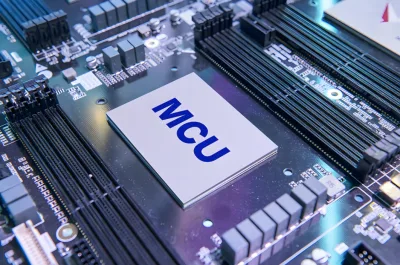
You program it using C or C++, flash the firmware, and it executes the code in a loop. Simple. Efficient. Proven.
So why do most engineers start with microcontrollers? Because in the early stages of a project, they’re often good enough.
However, as complexity increases, cracks begin to show. And that’s when the fpga vs microcontroller question finally makes its entrance.
Where Microcontrollers Shine:
- Low power requirements
- Minimal external components
- Fast prototyping cycles
- Cheap unit cost
But these advantages come at a price: rigidity. Your architecture is locked in. Your performance is bound by a single-threaded loop or interrupt-driven logic. You can’t reconfigure hardware paths. You can’t process data streams in parallel. And most critically, you can’t scale seamlessly.
That’s when engineers shift from “This MCU works fine” to “We need more,” and start researching fpga vs mcu comparisons.
The moment you’re forced to rewrite code just to fit within the constraints of a microcontroller’s architecture, you’re no longer building software. You’re fighting hardware.
2. What Is an FPGA?
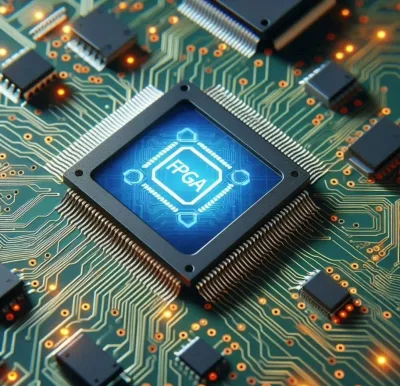
An FPGA, or Field-Programmable Gate Array, is an entirely different beast.
Instead of executing code on a fixed CPU, an FPGA lets you define digital logic in hardware. You use HDL, typically Verilog or VHDL, to describe what should happen on every clock cycle. Then, you synthesize that design into a bitstream and configure the chip.
That means every module, every signal path, every state machine is yours to define.
And that’s the core difference between fpga and microcontroller approaches. With a microcontroller, you’re writing software for fixed hardware. With an FPGA, you’re building the hardware itself.
Where FPGAs Take Over:
- Concurrent logic execution(not simulated, real)
- Custom hardware-level protocols
- Deterministic timing behavior
- Massive parallelism at clock speed
- On-the-fly hardware reconfiguration
Why does this matter?
Because as soon as you need to process multiple high-speed inputs, generate custom signals, or build time-critical responses that firmware simply can’t keep up with, the fpga advantages over microcontroller solutions become your only viable path forward.
If your product roadmap involves streaming video, software-defined radio, motor control with sub-millisecond jitter requirements, or AI at the edge, you don’t ask whether to use an fpga vs microcontroller. You ask which FPGA.
3. How FPGA vs Microcontroller Respond Under Load
3.1 What Happens Under Pressure?
Here’s where the fpga vs mcu debate becomes crystal clear. It’s not about what these chips can do on paper. It’s what happens when your system is under real-world pressure.
Let’s say your design starts with a few inputs, a control loop, and a display. You add a sensor. Then a second one. Then a third. Then a comms interface. Suddenly:
- Interrupt latency increases
- Timers get out of sync
- Buffers start overflowing
- ISR nesting becomes unpredictable
That’s the edge of the microcontroller’s envelope. And when that envelope tears, no firmware “optimization” will save you.
3.2 FPGA Response? Different Story.
Each logic block inside an FPGA is independent. You’re not “juggling tasks”, you’re building them in parallel. There are no conflicts, no context switches, no ISR delays.
That’s the root fpga vs microcontroller difference: the MCU tries to keep up. The FPGA doesn’t need to.
3.3 Real-World Table: fpga vs microcontroller Behavior Under Load
| Real-World Scenario | Microcontroller (MCU) | FPGA |
| Handling 4–6 simultaneous inputs | Staggered interrupts, race conditions | Parallel logic blocks, deterministic response |
| UART + SPI + I2C + CAN at once | Timer conflicts, missed reads | Custom interfaces, all running concurrently |
| Tight loop with soft PWM & ADC sampling | Unreliable under ISR load | Dedicated clocked PWM + ADC modules |
| Firmware feature upgrades | Risky due to memory/timer limits | Re-flashable hardware logic via new bitstream |
| Protocol implementation (e.g., custom SPI) | Firmware-intensive, fragile | FSM logic with exact cycle timing |
Once you’ve experienced these bottlenecks firsthand, you’ll no longer be asking if there’s a difference between fpga and microcontroller. You’ll be trying to figure out how to get started with HDL.
4. FPGA Advantages Over Microcontroller
Let’s now isolate the main fpga advantages over microcontroller systems. These aren’t just marketing claims, they’re critical design enablers.
4.1 Parallelism by Design
MCUs simulate multitasking. FPGAs execute real parallelism.
If your application needs to process input while generating output, or simultaneously run encoders, timers, and filters, FPGAs handle it all without delays.
4.2 Deterministic Timing
There’s no “maybe it hits the ISR in time.” In an FPGA, events are synchronized with the clock and always land on the same cycle. That’s what makes fpga vs microcontroller power consumption comparisons tricky: you might burn more watts, but you’re delivering reliable timing, every time.
4.3 Custom Logic That Fits the Task
Don’t conform to what the chip allows. Design what the job requires. That includes:
- Unique timing protocols
- Pulse-width coded outputs
- Custom bus designs
- Proprietary signal conditioning
This flexibility is why so many engineers late in a project ask: why use fpga over microcontroller? Because that flexibility saves entire redesigns.
4.4 Hardware That Can Evolve
MCUs can update firmware. But FPGAs can change how the silicon behaves, with no hardware replacement. This is invaluable in fast-moving industries.
5. When to Use FPGA vs Microcontroller (Or Both)
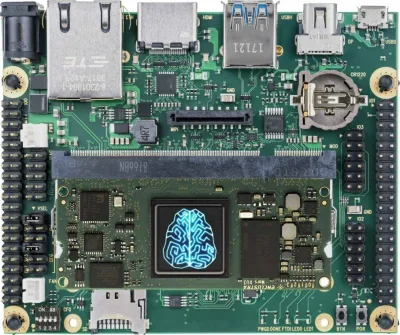
1) Use a Microcontroller If:
- You’re building low-speed, low-I/O applications
- Cost, simplicity, and quick dev time are more important than flexibility
- Your design is unlikely to scale in the future
- Timing tolerances are loose
2) Use an FPGA If:
- The design is multi-threaded, signal-dense, or timing-critical
- You expect to reconfigure, scale, or reprogram logic in the field
- Your MCU is already running near 80% CPU load before integration
- You’re planning for AI, DSP, or anything requiring custom timing
3) Combine Both
Use the MCU as a control interface, managing configuration and communication. Use the FPGA for everything performance-critical. This hybrid approach is common in:
- Radar systems
- Industrial controllers
- Medical devices
- Robotics
This is where the fpga vs microcontroller vs microprocessor conversation ends, and smart architecture begins.
6. Power Consumption: The Real Comparison in FPGA vs MCU Systems
The fpga vs mcu power debate gets brought up often, and oversimplified even more. It’s easy to say “microcontrollers use less power,” and yes, in many idle scenarios, that’s true. But when you move into actual application-specific usage, the story shifts.
In a basic sensor node, sure, the MCU sleeps most of the time. Low MHz, low voltage, tiny current draw. But when that same MCU starts handling real-time data, decoding input, managing timing loops, or juggling multiple comms protocols, its power usage rises fast, and unpredictably.
Compare that to FPGAs. They start higher in terms of baseline power, yes. But they handle more tasks simultaneously. That means fewer cycles spent per task. In well-designed systems, especially those doing heavy DSP or signal control, the fpga vs mcu power consumption metric often levels out, or even favours the FPGA in energy per operation.
This is especially true in:
- Real-time AI inference at the edge
- Multi-channel data streaming
- Deterministic feedback loops (like robotics or radar)
When measured in performance-per-watt, many FPGAs beat MCUs once load increases. The fpga vs mcu decision isn’t about average current, it’s about completing high-complexity tasks efficiently.
7. FPGA vs ASIC vs MCU: Where Each Fits
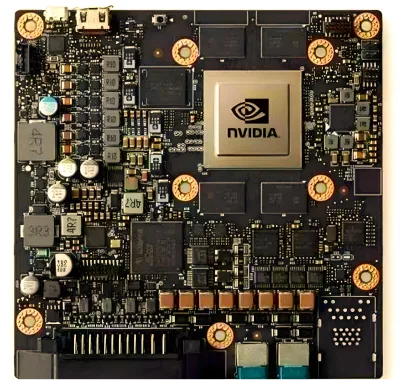
Sometimes the fpga vs mcu conversation gets replaced with an even bigger one: fpga vs asic vs microcontroller.
Here’s the real breakdown:
- MCUs are fixed, cost-effective, ideal for simple control logic. You can use them in almost any low-complexity system.
- FPGAs are reconfigurable, versatile, and scale well. They fill the gap between fixed chips and full custom silicon.
- ASICs are application-specific integrated circuits. They’re hardwired, ultra-fast, and used for mass production, but they’re expensive and non-reprogrammable.
You typically use an MCU early in a design, switch to an FPGA when the MCU can’t scale, and only move to ASIC if you’re shipping millions of units and have already validated your hardware architecture.
This is where many teams fall into the classic trap: sticking with microcontrollers too long. Had they explored fpga vs mcu performance earlier, they might have prototyped faster, scaled sooner, and avoided painful redesigns.
8. Common Myths About FPGA vs MCU Design
Myth 1: FPGAs are overkill
Only true if you don’t need parallelism, timing precision, or hardware customization. If any of those matter, FPGAs are often the simplest solution, despite the upfront learning curve.
Myth 2: MCUs are always more power-efficient
Not under load. Many fpga vs mcu comparisons fail to account for full-cycle energy usage. One chip running slowly for hours might use more power than another doing the job in milliseconds.
Myth 3: FPGAs can’t be updated in the field
Modern FPGAs support multi-bitstream, partial reconfiguration, and fallback modes. Updating them is often safer than updating MCU firmware, especially in fault-sensitive systems.
Myth 4: You only need one or the other
Many robust systems pair an MCU with an FPGA, each doing what it does best.
9. FPGA & Microcontroller FAQs
A microcontroller runs sequential software. An FPGA runs user-defined hardware logic in parallel. That’s the real architectural split in fpga vs microcontroller decisions.
No. It depends on the task. MCUs are great for simple, low-power applications. FPGAs are essential when parallelism, timing, and scalability matter.
MCUs are often more power-efficient in idle. But for high-speed tasks, FPGAs may use less energy overall by completing work in fewer cycles.
Yes, but not prohibitively so. With tools like Vivado, Quartus, and prebuilt IP cores, learning HDL is accessible, especially for C programmers.
Yes. This is common. The MCU handles setup/config/logic. The FPGA handles parallel, high-speed, or timing-critical operations.
MCUs use IDEs like STM32CubeIDE, MPLAB, etc. FPGAs use toolchains like Xilinx Vivado, Intel Quartus, and ModelSim for simulation.
As soon as you hit timing bottlenecks, performance ceilings, or need more control over your hardware’s behavior.
In most real-time applications, yes. You add logic blocks, not cores. That’s the hidden scalability factor in the fpga vs microcontroller debate.
10. Summary
Let’s recap.
If you’re still asking whether to choose fpga vs microcontroller, you’re already thinking the right way. The answer depends on:
- Timing: If it must be precise and repeatable, the fpga vs mcu choice leans heavily FPGA.
- Complexity: One task? MCU. Many tasks in parallel? FPGA.
- Scalability: MCUs max out quickly. FPGAs scale horizontally with more logic blocks.
- Flexibility: You can’t modify silicon on an MCU. With an FPGA, your hardware is just code.
- Longevity: If your project needs to adapt over time, FPGAs offer reprogrammable logic without replacing the board.
When starting out, a microcontroller is often enough. But as real-world demands increase, the best engineers recognize when it’s time to evolve. That’s when fpga vs mcu becomes more than a comparison, it becomes a strategy.
Make the right choice early, and your system thrives. Wait too long, and you may find yourself rewriting the rules from scratch.
Latest Blog
Contact us
Free Quote


